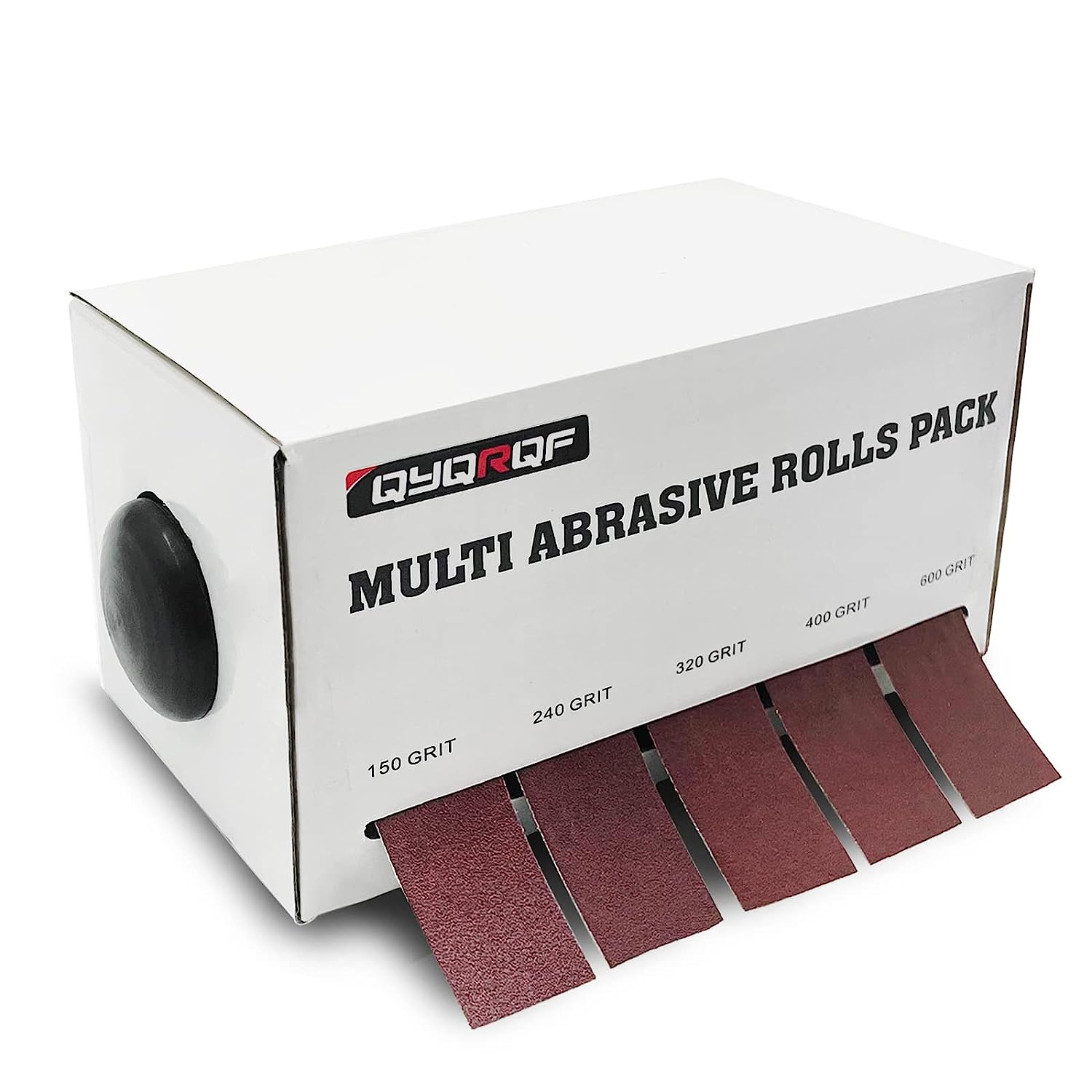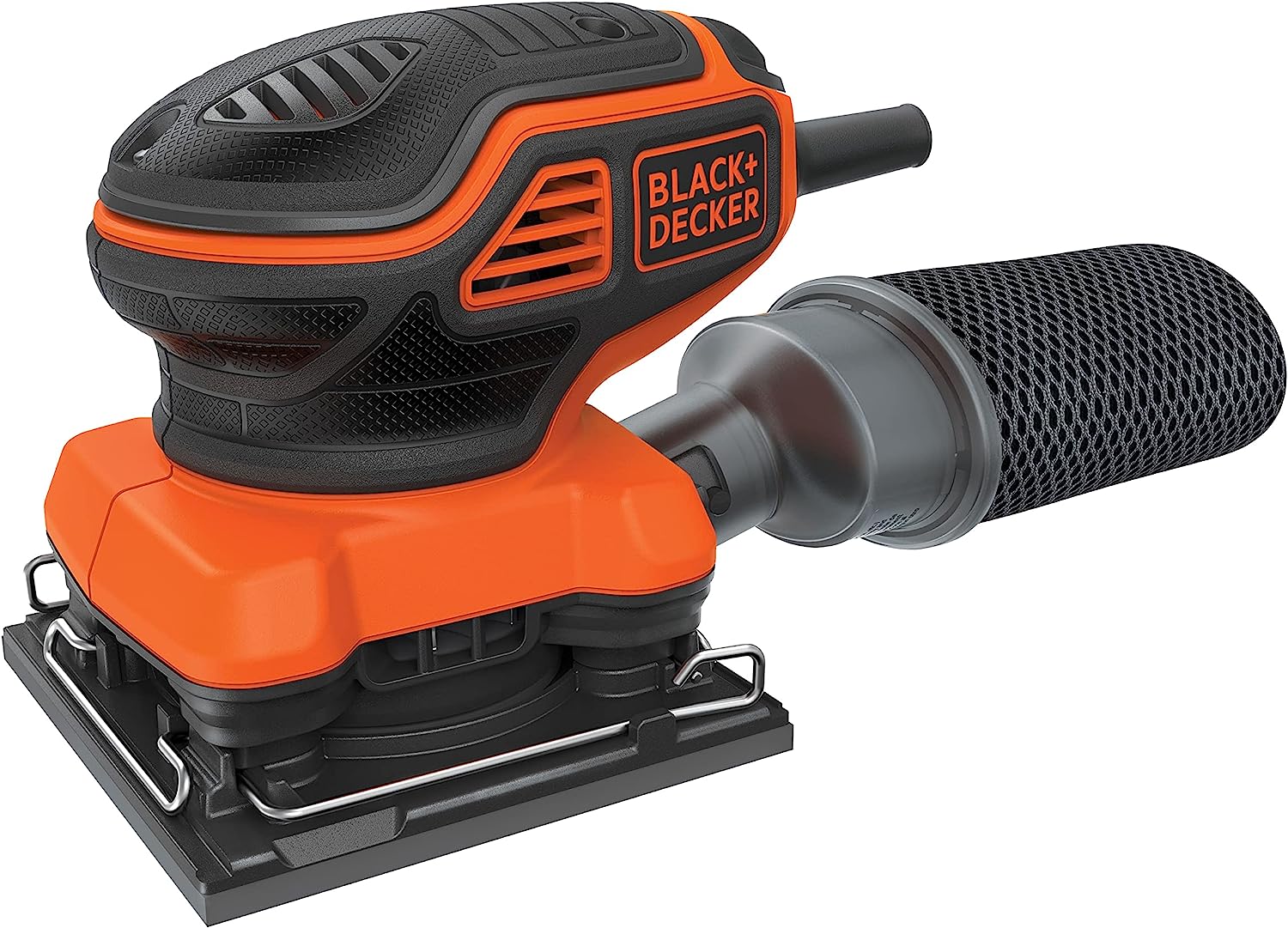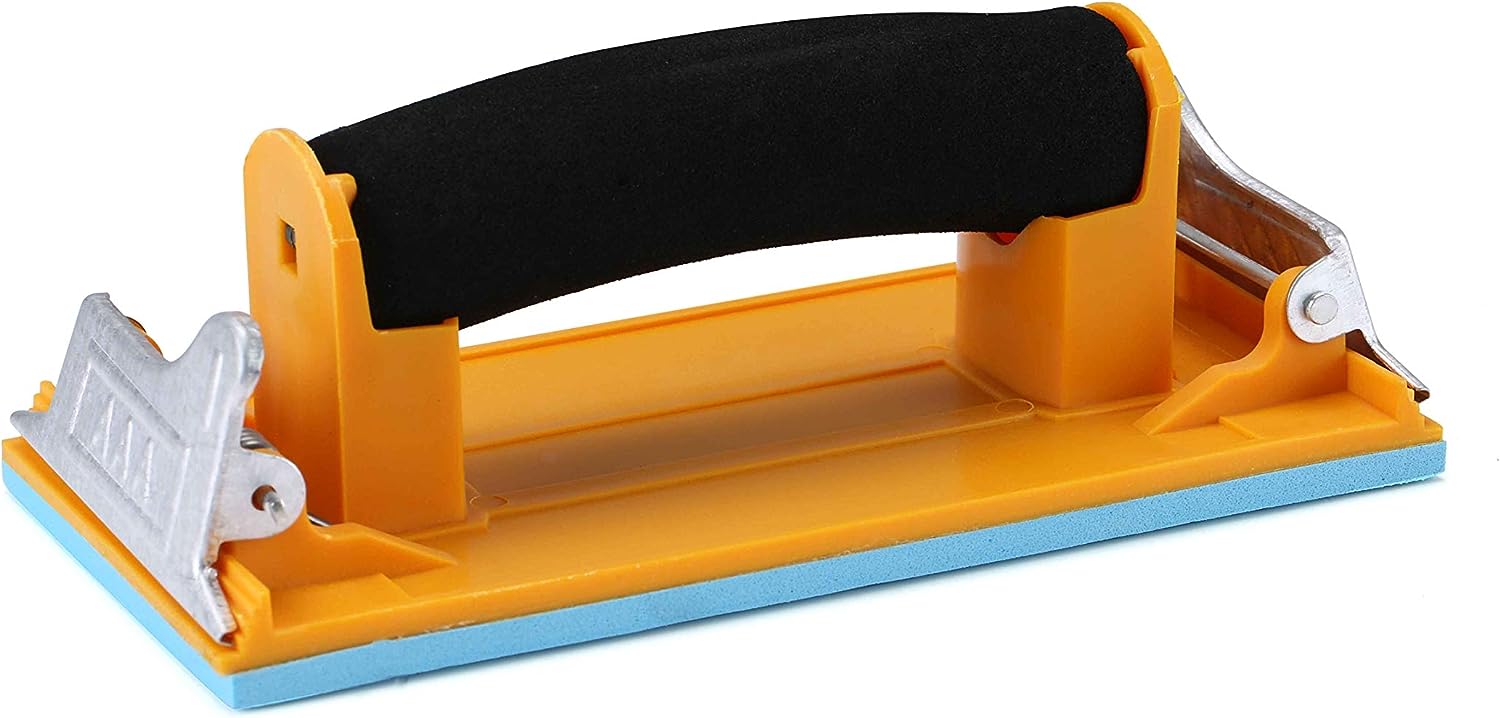When it comes to painting, achieving a smooth and flawless finish is essential. One of the key tools that can help you achieve this is sandpaper. Sandpaper, also known as abrasive paper, is a versatile tool that can be used for various purposes, including preparing surfaces for painting, removing old paint or varnish, and smoothing out imperfections. However, not all sandpapers are created equal, and choosing the right one for your painting project is crucial. In this article, we will explore the factors to consider when buying sandpaper for paint, including the different types of sandpaper, grit sizes, backing materials, and more.
The Best Sandpaper for Paint

Emery Cloth Roll, 5 Grits Abrasive Sandpaper Rolls

BLACK+DECKER 2.0 Amp Electric 1/4 Sheet Orbit Sander

Aouker HS85180 Hand Sander
Types of Sandpaper
Before diving into the factors to consider, it’s important to understand the different types of sandpaper available in the market. The type of sandpaper you choose will depend on the surface you are working on and the desired outcome. Here are some common types of sandpaper:
- Silicon Carbide Sandpaper: This type of sandpaper is ideal for sanding metals, plastics, and fiberglass. It is known for its sharp cutting edges and is often used for heavy-duty sanding tasks.
- Aluminum Oxide Sandpaper: Aluminum oxide sandpaper is suitable for sanding wood, metal, and painted surfaces. It is durable and long-lasting, making it a popular choice for general sanding tasks.
- Garnet Sandpaper: Garnet sandpaper is commonly used for sanding wood. It is less aggressive compared to silicon carbide and aluminum oxide sandpapers, making it ideal for fine sanding tasks.
- Wet Dry Sandpaper: As the name suggests, wet dry sandpaper can be used both wet and dry. It is often used for automotive refinishing and can be submerged in water for wet sanding.
Grit Sizes
The grit size of sandpaper refers to the size of the abrasive particles on the sandpaper. It determines how coarse or fine the sandpaper is and plays a crucial role in achieving the desired finish. The grit sizes range from coarse to fine, with lower numbers indicating coarser grits and higher numbers indicating finer grits. Here are some common grit sizes and their recommended uses:
- Coarse Grit Sandpaper: Coarse grit sandpaper, typically ranging from 40 to 80 grit, is used for heavy material removal and shaping surfaces. It is ideal for removing old paint or varnish.
- Medium Grit Sandpaper: Medium grit sandpaper, ranging from 100 to 150 grit, is suitable for smoothing out rough surfaces and removing scratches. It is commonly used for prepping surfaces before painting.
- Fine Grit Sandpaper: Fine grit sandpaper, ranging from 180 to 220 grit, is used for sanding between coats of paint or varnish. It helps to achieve a smooth and even finish.
- Extra Fine Grit Sandpaper: Extra fine grit sandpaper, ranging from 240 to 600 grit, is used for final sanding and polishing. It is often used for achieving a mirror-like finish on surfaces.
Backing Materials
The backing material of sandpaper refers to the material that holds the abrasive particles together. It plays a crucial role in the durability and performance of the sandpaper. Here are some common backing materials:
- Paper Backing: Paper backing is the most common type of backing material for sandpaper. It is flexible and lightweight, making it suitable for hand sanding. However, it may not be as durable as other backing materials.
- Cloth Backing: Cloth backing is more durable than paper backing and is often used for sanding tasks that require more pressure. It is commonly used with power sanders.
- Film Backing: Film backing is extremely durable and tear-resistant. It is often used for wet sanding and is less likely to clog compared to paper or cloth backing.
Backing Types
In addition to the backing material, sandpaper also comes in different backing types, which determine how the sandpaper is attached to the sanding tool. The backing type you choose will depend on the type of sanding tool you are using. Here are some common backing types:
- Sandpaper Sheets: Sandpaper sheets are the most common type of sandpaper and are available in various sizes. They can be easily cut into smaller pieces for hand sanding or used with a sanding block.
- Sanding Blocks: Sanding blocks are used to hold sandpaper sheets and provide a flat and even sanding surface. They are ideal for sanding large, flat areas.
- Sandpaper Rolls: Sandpaper rolls are long rolls of sandpaper that can be cut to the desired length. They are commonly used with power sanders and are ideal for sanding large surfaces.
- Sandpaper Discs: Sandpaper discs are circular discs that can be attached to a random orbital sander or a disc sander. They are commonly used for sanding curved or contoured surfaces.
Additional Considerations
Aside from the type of sandpaper, grit sizes, backing materials, and backing types, there are a few additional considerations to keep in mind when buying sandpaper for paint:
- Surface Type: Consider the type of surface you will be sanding. Different surfaces may require different types of sandpaper. For example, sanding wood may require a different type of sandpaper compared to sanding metal or glass.
- Project Size: Consider the size of your project. If you have a large project, you may need sandpaper that is more durable and long-lasting.
- Personal Preference: Ultimately, personal preference plays a role in choosing sandpaper. Some individuals may prefer a certain type of sandpaper based on their past experiences or recommendations from professionals.
Conclusion
Choosing the right sandpaper for your painting project is crucial for achieving a smooth and flawless finish. Consider the type of sandpaper, grit sizes, backing materials, and backing types when making your decision. Remember to take into account the surface type, project size, and personal preference as well. By carefully considering these factors, you can ensure that you have the right sandpaper for your specific needs. Whether you are sanding wood, metal, or any other surface, the right sandpaper can make a significant difference in the quality of your paint job.



















